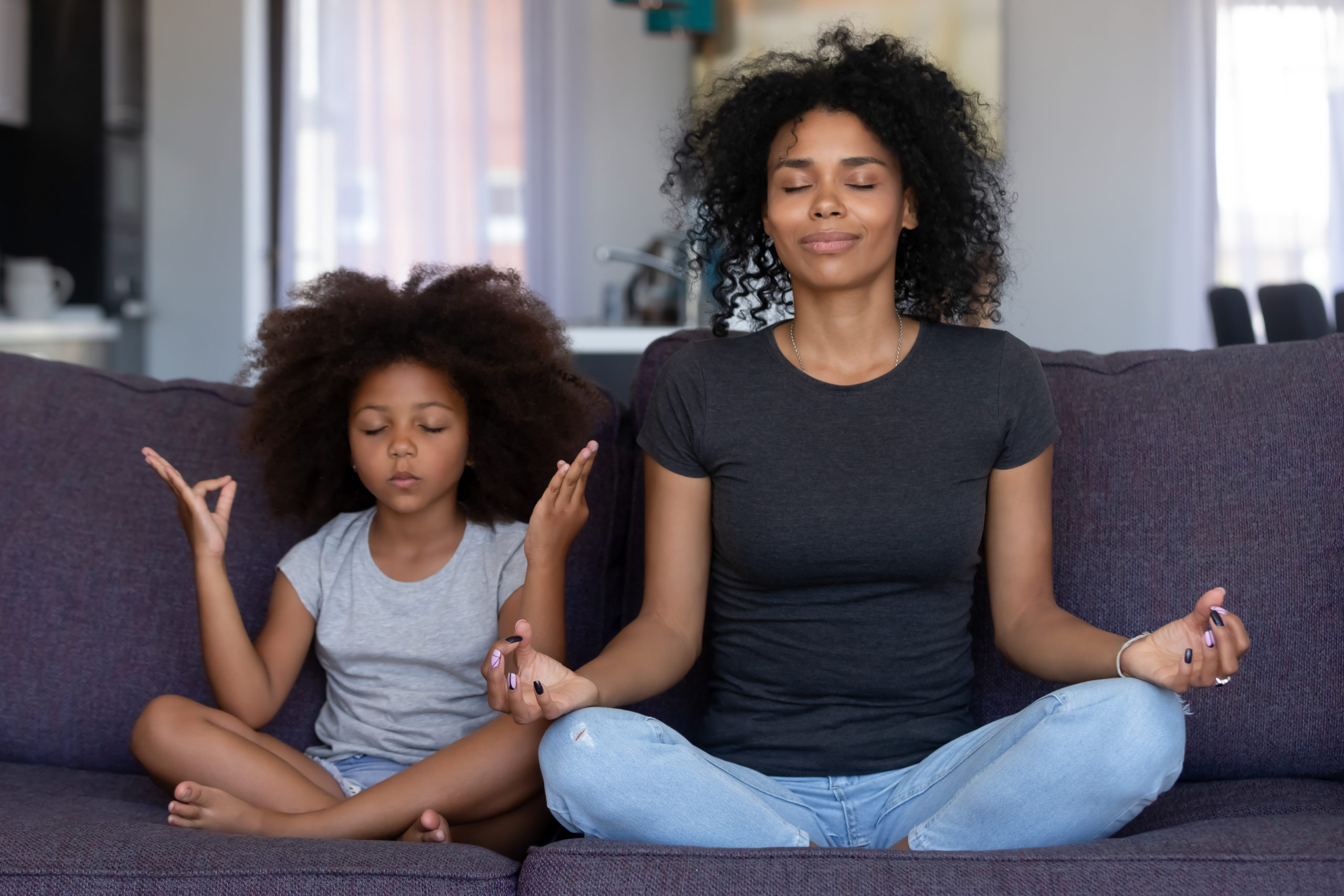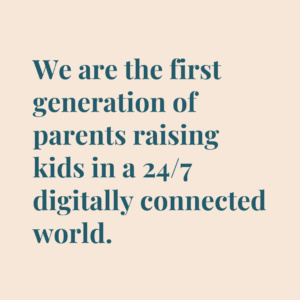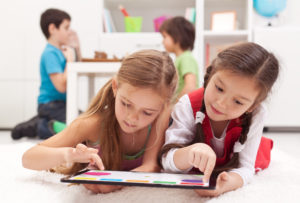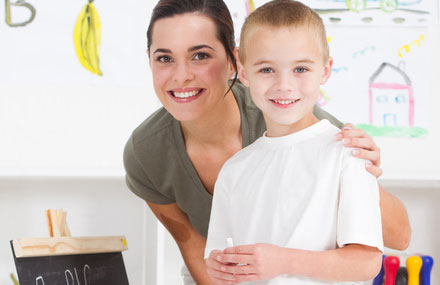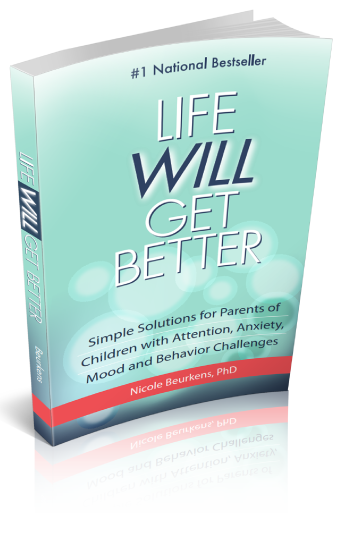In the age of the coronavirus, it’s very common for children and teens to feel stressed or anxious. With school cancelled, they can’t see their friends any more. Many of the events they were looking forward to have also been cancelled or postponed, and feelings of disappointment and distress about all the uncertainty are running high. As parents, it is our responsibility to help our kids through this difficult period of time so that they can not only survive it, but grow to be more resilient because of it. However, many of us are still working and it can be a real challenge to make it through the day while getting just the basics done. We all can use some help to destress and focus our brains throughout the day!
So how can we do that?
Mindfulness activities are one of the most effective ways for people of all ages to develop better self-awareness, compassion, and patience. Being mindful simply means being aware and present in the moment, without allowing ourselves to get caught up in fears or distress about the past or future. Research shows that taking time to reflect on ourselves and live in the moment can change brain function and structure to improve memory, self-regulation, and learning. In times like this, having a powerful set of strategies to give to your children can be completely life-changing. Even taking a couple of minutes to reset when you feel out of control is incredibly beneficial, and kids will develop valuable life-long skills as a result.
How can we teach mindfulness to kids, including middle- and high-schoolers?
The challenging part of teaching children and teenagers how to be mindful is actually getting them to try it. While you might have good intentions and a research-backed solution to their struggles, they might not be eager to try what you show them. In these cases, it’s best to work through an activity or two along with them to show them how beneficial it can be. Starting off with simple quick strategies will also help.
Here are 17 simple mindfulness activities you can use with your children now:
- Five Things: Taking time to intentionally observe the world around you and notice things you would normally overlook helps the brain sort through distracting or stressful thoughts. This quickly focuses our minds on the present moment. Try teaching your child this strategy as a game: sit down together and tell them five things you see, feel, smell, or hear. Then give them a turn. Explain the benefits of just noticing the world around us and that they can use this little game when they start to feel overwhelmed or anxious.
- Music Appreciation: Put on a calm piece of music, and see how many different instruments you can hear. This is another easy way to focus your thoughts on one task in the present, rather than stressful events that may be approaching or the anxiety associated with being stuck inside. Naming the instruments can take this activity even further. Many kids will love this activity since they can listen to music they enjoy and improve their coping skills.
- Heartbeat Counting: For one minute, hold a hand to your chest and observe how your heartbeat and breathing feel. This helps you notice the rhythm of your own body and set aside the stress of living for the future. Smaller kids may have fun counting their heartbeats to see how many times their heart beats in a minute.
- Deep Breathing: While this might sound extremely simple, one of the best parts about mindfulness is that it can be simple if you want it to be. Breathing in and out slowly and deeply while noticing things you hear or feel is one of the most common ways to destress and reset after a long day or event.
- Mindfulness Walk: Have your child take a walk around the neighborhood or even in the driveway, while carefully listening for as many sounds as they can hear. Have them report back to you about everything they heard. This is an easy way to give your children an opportunity for movement and to enjoy centering their mind in the present moment.
- Sorting Thoughts: This is a helpful strategy for older children and teens. Stress and anxiety often occur because of thoughts we have decided must be true. This can cause us to develop more stress or upset, when in reality a situation is not as bad as we make it out to be. An effective way to help kids refocus their thoughts on the reality of a situation is to think about why they feel so stressed: is it because school might never reopen, or they will be unprepared for next year, or something else? Sort the thoughts into categories of things are facts/known, and things that are opinions or possibilities. This can help them decide how much attention to pay to various thoughts, and gives them a way to talk to themselves when thoughts that are not facts arise – “I’m worried that I won’t be prepared for next year, but that is not a fact and I can keep doing my work right now.”
- Good Things: Often when we go through a challenging period of time, our brains begin to focus only on the things in life that aren’t going our way. Focusing on good things, or even things that are neutral, is a great way to help us realize that the situation is not as bad as we think. You can use this activity as a way to talk with your child, too. Try taking turns sharing one good thing that happened to you today and see how many you can come up with!
- Give Yourself a Hug: Believe it or not, your neurons can’t tell the difference between someone else hugging you and when you hug yourself. This means that just stopping for a moment to give yourself a hug is the perfect way to tell your brain that everything will be okay. Your brain will even produce hormones like oxytocin that make you feel better!
- Buddy Breathing: This activity is perfect for younger kids. Have your child lay on the bed or floor with a stuffed animal or toy on their stomach. Then, have them slowly breathe in and out and notice how their stomach rises and falls, lifting their toy with it.
- Drop Anchor: For this exercise, have your child stand up with both feet firmly on the floor. Have them push down with their legs against the floor and feel the ground beneath their feet. As they do this, they can think about how each part of their body feels and what they notice about the world around them while they are anchored to the floor.
- Listening Exercise: This is a simple and powerful activity that kids of all ages will be able to do. Ring a bell (or make another noise, such as clanging a pot or pan), and have your child listen very carefully to the sound until it completely disappears. When they can no longer hear it, have them raise their hand and listen to the sounds they do hear for another minute. Ask them how it felt to be completely silent and to just observe the world. What did they notice within themselves during that time?
- Drawing Emotions: Many children have a difficult time naming and explaining all of their emotions, which can make it hard to understand and deal with them properly. Sometimes they just need a few minutes to draw out how they feel with some colored pencils and paper. This can be a powerful way for them to become more aware of their different emotions, and in time they will be more comfortable identifying and confronting negative ones.
- Squeeze and Relax: This exercise is one way to encourage a deeper connection between the brain and body. Have your child lie down, then tense every one of their muscles for a few seconds before relaxing again. This can be done multiple times if your child wants to, until they feel control over their body and mind. Plus, it really helps your child relax, particularly if they are worried or anxious about something.
- Guided Meditation: Meditation can seem intimidating at first, but doing a guided meditation makes it fun and stress-free. Here is one website that has lots of different options for kids: https://insighttimer.com/meditation-topics/kids-meditation
- Eating Mindfully: One mindful practice most people are aware of is eating with purpose. While it might not up for doing an entire mindful meal with the family, try introducing this concept to your child with a snack. Have them observe everything they can about the food and their experience eating it, from how it looks and smells to how it feels as they chew it up. Did they notice anything new about their favorite food? How does it make them feel after they’ve eaten it?
- Tech Break: It’s no secret that constant use of technology is a major contributor to stress in children, teens, and adults alike. One of the easiest and most powerful things we can do every day is to simply take a break from using any technology. Even doing so for 20 minutes benefits the body and brain. Try asking your child how they feel at the end of their break: are they calmer? Do they feel more in control of their thoughts and their life?
- Emotional Validation: Have your child either share their current emotions with you or think about their emotions themselves. Tell them that whatever they are feeling is appropriate and allowed. One of our most important jobs as parents is to let our kids know that they are allowed to experience negative emotions, and that the ways they deal with these emotions are what we might want to focus on changing. Through mindful validation of our emotions, we can more quickly move past the stage of feeling bad about them and start working to help ourselves sooner.
While this may seem like a long list of activities, the goal is to find a few that work for your child. Picking just one or two to start with can help children of all ages experience the benefits of mindfulness. Remember that mindfulness is a proven way to help reduce stress and anxiety, so the best thing you can do for your kids (and yourself) is to have them try. If your child is resistive to trying these new ideas, you can simply model the activities in their presence. When parents model mindfulness it has a positive impact on kids, and makes them more willing to try these things themselves. Start today by doing one of these activities together and see what benefits you notice!
What You Should Do Next:
Sign up for my Better Behavior Naturally community newsletter
Sign up for my newsletter to get tips, resources, and supports to improve your child’s attention, anxiety, mood, and behavior…while making your job as a parent easier.
Enroll in one of my workshops
Check out one of my many workshops where you’ll join my exclusive community of parents in a one-of-a-kind virtual resource accessible 24/7. Whether you’ve got a child with a diagnosis like autism or ADHD, or are becoming more and more frustrated with a child who struggles to listen and cope, these workshops are designed to give you the information, tools, and support you need…whenever you need it.
